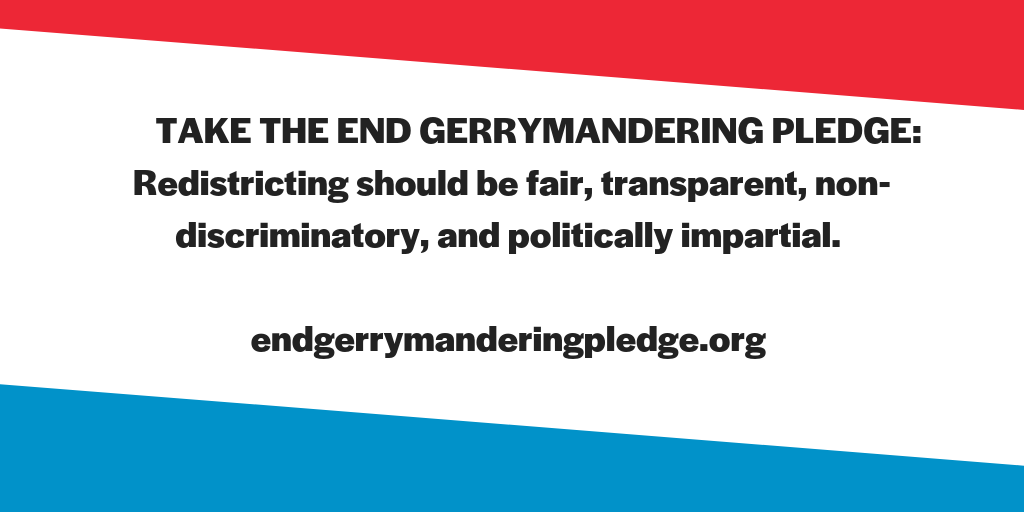Rucho v. Common Cause is over. Now what?
An update on legal protections left to us after the SCOTUS decision on partisan gerrymandering.
Redistricting reformers in Ohio and across the nation were deeply disappointed in the recent decisions in Rucho v. Common Cause and Lamone v. Benisek: the majority of the court failed to defend democratic principles when it found that federal courts do not have the legal tools needed to adjudicate partisan gerrymandering claims. As a result, plaintiffs cannot challenge maps in federal court using a partisan gerrymandering claim. Nevertheless, these decisions did not give legislators a blank check to do whatever they want when it comes to redrawing district lines.
Here in Ohio we have provisions in place that will protect us from the worst distortions of gerrymandering. We recently changed the Ohio Constitution to address both state legislative (2015) and congressional (2018) redistricting reform. New rules keeping communities together and creating greater transparency mean the mapmaking process in 2021 will be much different from how it was in 2011, with more guardrails and protections for voters versus politicians.
In the future (as in the past), state courts will still be able to step in to determine whether congressional, state legislative, or other districts violate the state constitution. One such lawsuit succeeded when the Pennsylvania Supreme Court ordered Pennsylvania’s congressional map to be redrawn before the 2018 election. Common Cause is currently suing in North Carolina state court in a challenge to North Carolina General Assembly districts under the North Carolina Constitution.
Some state constitutions, like the Ohio Constitution, contain language to protect voters that the U.S. Constitution does not contain. See a list of states with language in their state constitutions that could provide stronger voting rights protections. State court interpretations of state constitutions are generally not reviewable by the U.S. Supreme Court.
Here are some additional legal standards that will continue to give voters a measure of protection against the rigging of district lines.
Racial gerrymandering (14th Amendment): When race is the predominant consideration in drawing district lines such that the mapmaker subordinates race-neutral districting principles to racial considerations, a court must apply strict scrutiny. This means that the mapmaker must demonstrate that the use of race was narrowly tailored to achieve a compelling state interest. If the mapmaker cannot do so, the map violates the equal protection clause of the 14thAmendment of the U.S. Constitution. Relevant case law includes Shaw v. Reno, Shaw v. Hunt, and Miller v. Johnson, and Alabama Legislative Black Caucus v. Alabama.
Majority-Minority Districts (Voting Rights Act, section 2): Gingles v. Thonburgrequires mapmakers to draw majority-minority districts in a community when:
-
- The racial or language minority group “is sufficiently numerous and compact to form a majority in a single-member district”;
- The minority group is “politically cohesive” (members vote similarly); and
- The “majority votes sufficiently as a bloc to enable it … usually to defeat the minority’s preferred candidate.”
Equal population (14th Amendment): Wesberry v. Sanders, argued in the U.S. Supreme Court, requires congressional districts to be drawn with equal population. Reynolds v. Sims requires the same for state legislative districts. Both cases enforce the equal protection clause of the 14th Amendment.
Intentional discrimination (15th Amendment): The 15th Amendment prohibits intentional discrimination in voting rules under Gomillion v. Lightfoot.
Are you still concerned about gerrymandering? Here’s something you can do: Take the End Gerrymandering Pledge and encourage mapmakers to do so as well. This will help set the stage for productive mapmaking in 2021 that focuses on the voters, rather than partisan advantage. Click here for Take the Pledge to End Gerrymandering Resource Kit.

